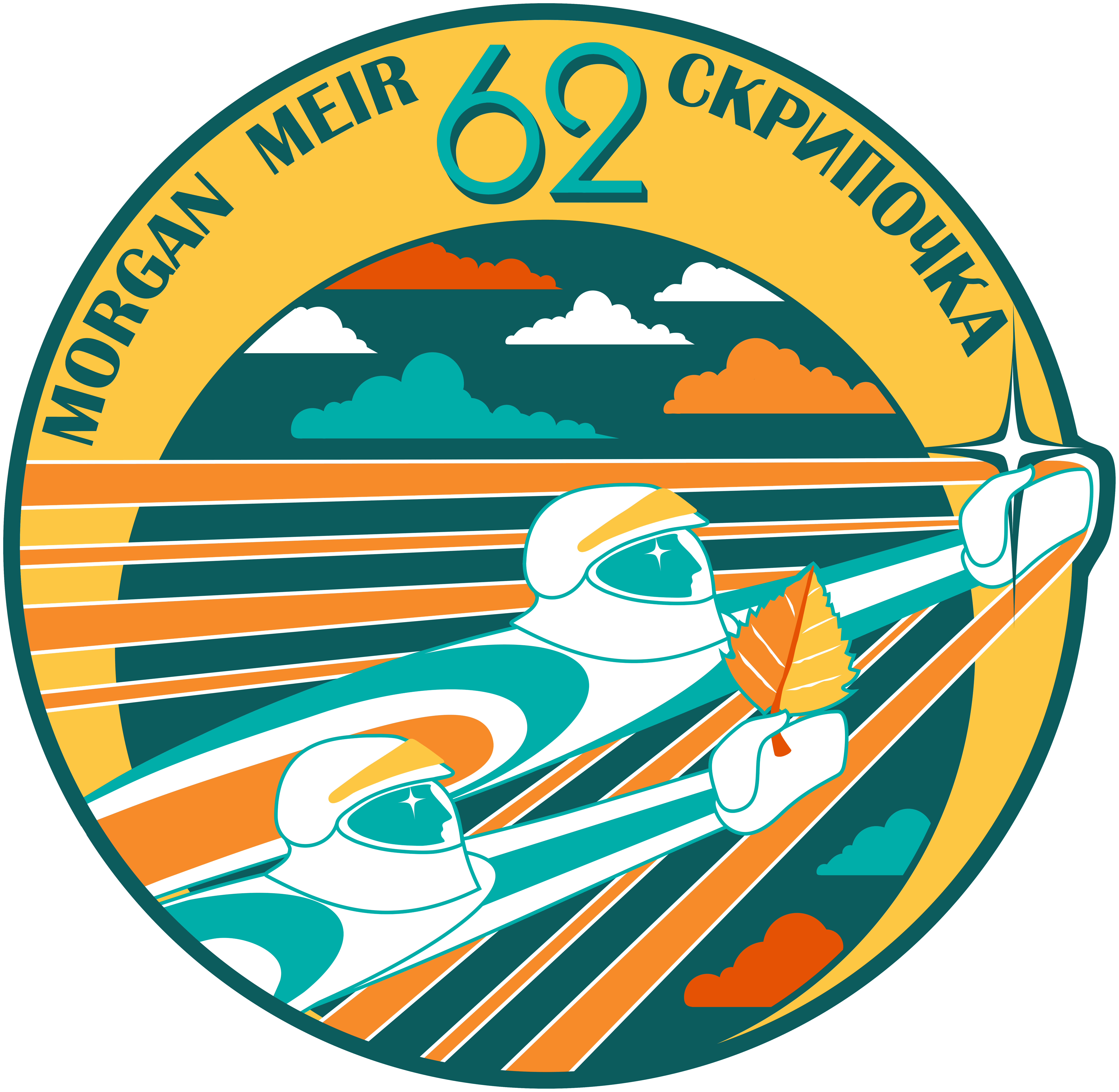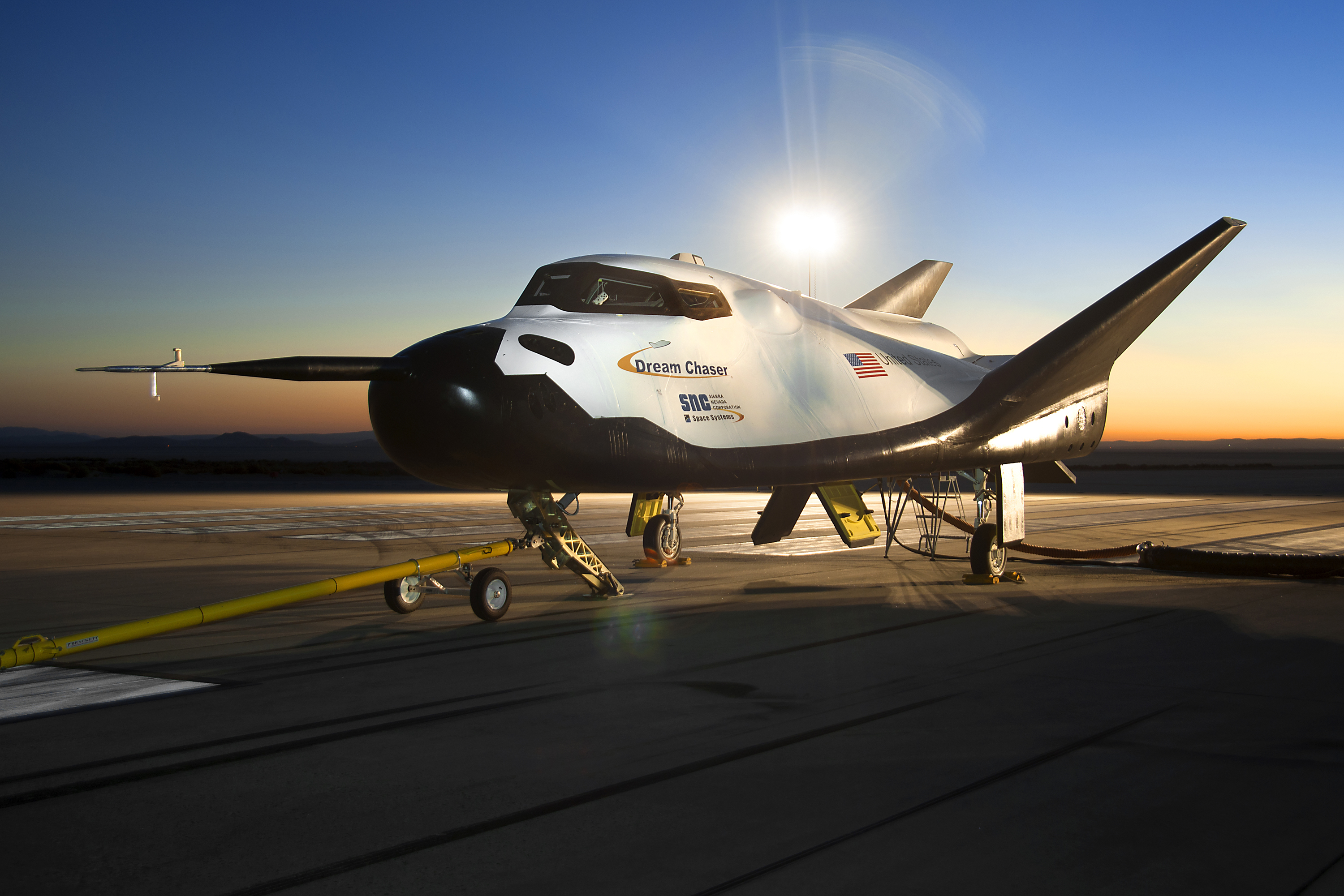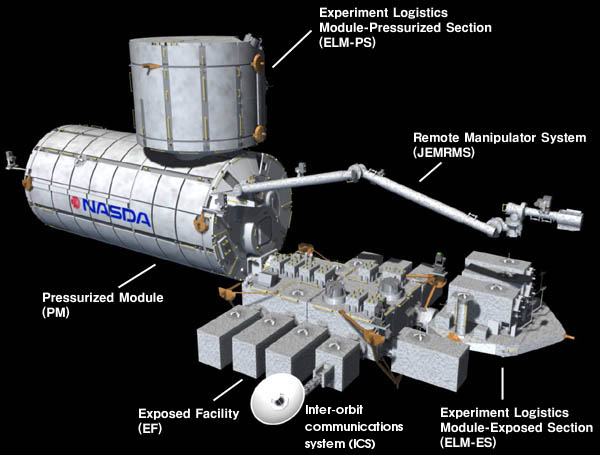|
Expedition 62
Expedition 62 was the 62nd long duration mission to the International Space Station, which began 5:50 UTC on 6 February 2020 with the undocking of the Soyuz MS-13 spacecraft. The Expedition consisted of Russian commander Oleg Skripochka, as well as American flight engineers Jessica Meir and Andrew R. Morgan, Andrew Morgan. The second part of Expedition 62 was made up of the three crew members from Soyuz MS-16. Crew Crew notes Soyuz MS-16 was originally meant to transport the Expedition 63/64 crew to the ISS, carrying Tikhonov, Babkin and JAXA, Japanese astronaut Akihiko Hoshide to the ISS. On 31 October 2019 it was announced that NASA astronaut Chris Cassidy would fly the mission instead of Hoshide, in order to make sure an American astronaut was on board the station at all times, in the face of delays with the Commercial Crew Program. These changes also meant that Soyuz MS-16's crew would make up part of Expedition 62. The Expedition also marked the first time the Russian s ... [...More Info...] [...Related Items...] OR: [Wikipedia] [Google] [Baidu] |
ISS Expedition 62 Patch
The International Space Station (ISS) is the largest modular space station currently in low Earth orbit. It is a multinational collaborative project involving five participating space agencies: NASA (United States), Roscosmos (Russia), JAXA (Japan), ESA (Europe), and CSA (Canada). The ownership and use of the space station is established by intergovernmental treaties and agreements. The station serves as a microgravity and space environment research laboratory in which scientific research is conducted in astrobiology, astronomy, meteorology, physics, and other fields. The ISS is suited for testing the spacecraft systems and equipment required for possible future long-duration missions to the Moon and Mars. The ISS programme evolved from the Space Station ''Freedom'', a 1984 American proposal to construct a permanently crewed Earth-orbiting station, and the contemporaneous Soviet/Russian ''Mir-2'' proposal from 1976 with similar aims. The ISS is the ninth space station to be i ... [...More Info...] [...Related Items...] OR: [Wikipedia] [Google] [Baidu] |
Expedition 61
Expedition 61 was the 61st Expedition to the International Space Station, which began on 3 October 2019 with the undocking of the Soyuz MS-12 spacecraft. The Expedition was commanded by ESA astronaut Luca Parmitano, who became the third European and first Italian astronaut to command the ISS. Parmitano, along with his Soyuz MS-13 colleagues Aleksandr Skvortsov and Andrew Morgan, and Christina Koch from Soyuz MS-12, transferred over from Expedition 60. They were joined by Oleg Skripochka and Jessica Meir, who launched on 25 September 2019 on board Soyuz MS-15. Crew Other crewed spaceflights to the ISS According to a Flight Planning Integration Panel (FPIP) document obtained bNASAspaceflight.comin June 2019, Expedition 61 was tentatively scheduled to see two visits from Commercial Crew Development spacecraft. However, schedule slippages meant these visits will not occur. *The Crew Dragon Demo-2 mission with American astronauts Bob Behnken and Douglas Hurley had a planning d ... [...More Info...] [...Related Items...] OR: [Wikipedia] [Google] [Baidu] |
Expedition 50
Expedition 50 was the 50th expedition to the International Space Station. Robert S. Kimbrough, Andrei Borisenko and Sergey Ryzhikov transferred from Expedition 49. Expedition 50 began upon the departure of Soyuz MS-01 on October 28, 2016 and was concluded upon the departure of Soyuz MS-02 on April 10, 2017. The crew of Soyuz MS-03 were transferred to Expedition 51. After the launch of Soyuz MS-03, Peggy Whitson, at age 56, became the oldest woman to fly into space. By taking command of Expedition 51 on April 10, 2017, she also became the first woman to command two ISS expeditions (after Expedition 16 in 2007–2008). Soyuz MS-03 docked at the International Space Station on November 19, 2016, bringing the total number of people in the station to 6. Crew Mission overview Expedition 49/50 launch and docking Soyuz MS-02 launched on October 19, 2016, transporting Robert S. Kimbrough, Andrei Borisenko and Sergey Ryzhikov, who would make up the Expedition 49/50 crew. MS-02 ... [...More Info...] [...Related Items...] OR: [Wikipedia] [Google] [Baidu] |
Commercial Crew Program
The Commercial Crew Program (CCP) provides commercially-operated crew transportation service to and from the International Space Station (ISS) under contract to NASA, conducting crew rotations between the expeditions of the International Space Station program. American space manufacturer SpaceX began providing service in 2020, using the Crew Dragon spacecraft, and NASA plans to add Boeing when its Boeing Starliner spacecraft becomes operational . NASA has contracted for six operational missions from Boeing and fourteen from SpaceX, ensuring sufficient support for ISS through 2030. The spacecraft are owned and operated by the vendor, and crew transportation is provided to NASA as a commercial service. Each mission sends up to four astronauts to the ISS, with an option for a fifth passenger available. Operational flights occur approximately once every six months for missions that last for approximately six months. A spacecraft remains docked to the ISS during its mission, and ... [...More Info...] [...Related Items...] OR: [Wikipedia] [Google] [Baidu] |
Akihiko Hoshide
is a Japanese engineer, JAXA astronaut, and former Commander of the International Space Station. On August 30, 2012, Hoshide became the third Japanese astronaut to walk in space. Early life and education He was born in 1968 in Tokyo, Japan. He received an International Baccalaureate Diploma from the United World College of South East Asia, Singapore in 1987, a bachelor's degree in mechanical engineering from Keio University in 1992, and a Master of Science degree in aerospace engineering from the University of Houston Cullen College of Engineering in 1997. Experience Hoshide joined the National Space Development Agency of Japan (NASDA) in 1992 and worked in the development of the H-II launch vehicle for two years. From 1994 to 1999, he was as an astronaut support engineer for the NASDA Astronaut Office, supporting the development of the astronaut training program, and he supported astronaut Koichi Wakata during Wakata's training and mission on STS-72. Astronaut career In Feb ... [...More Info...] [...Related Items...] OR: [Wikipedia] [Google] [Baidu] |
JAXA
The is the Japanese national air and space agency. Through the merger of three previously independent organizations, JAXA was formed on 1 October 2003. JAXA is responsible for research, technology development and launch of satellites into orbit, and is involved in many more advanced missions such as asteroid exploration and possible human exploration of the Moon. Its motto is ''One JAXA'' and its corporate slogan is ''Explore to Realize'' (formerly ''Reaching for the skies, exploring space''). History On 1 October 2003, three organizations were merged to form the new JAXA: Japan's Institute of Space and Astronautical Science (ISAS), the National Aerospace Laboratory of Japan (NAL), and National Space Development Agency of Japan (NASDA). JAXA was formed as an Independent Administrative Institution administered by the Ministry of Education, Culture, Sports, Science and Technology (MEXT) and the Ministry of Internal Affairs and Communications (MIC). Before the merger, ISA ... [...More Info...] [...Related Items...] OR: [Wikipedia] [Google] [Baidu] |
NASA
The National Aeronautics and Space Administration (NASA ) is an independent agency of the US federal government responsible for the civil space program, aeronautics research, and space research. NASA was established in 1958, succeeding the National Advisory Committee for Aeronautics (NACA), to give the U.S. space development effort a distinctly civilian orientation, emphasizing peaceful applications in space science. NASA has since led most American space exploration, including Project Mercury, Project Gemini, the 1968-1972 Apollo Moon landing missions, the Skylab space station, and the Space Shuttle. NASA supports the International Space Station and oversees the development of the Orion spacecraft and the Space Launch System for the crewed lunar Artemis program, Commercial Crew spacecraft, and the planned Lunar Gateway space station. The agency is also responsible for the Launch Services Program, which provides oversight of launch operations and countdown management f ... [...More Info...] [...Related Items...] OR: [Wikipedia] [Google] [Baidu] |
Roscosmos
The State Space Corporation "Roscosmos" (russian: Государственная корпорация по космической деятельности «Роскосмос»), commonly known simply as Roscosmos (russian: Роскосмос), is a state corporation of the Russian Federation responsible for space flights, cosmonautics programs, and aerospace research. Originating from the Soviet space program founded in the 1950s, Roscosmos emerged following the dissolution of the Soviet Union in 1991. It initially began as the Russian Space Agency, which was established on 25 February 1992russian: Российское космическое агентство, ''Rossiyskoye kosmicheskoye agentstvo'', or RKA (russian: РКА). and restructured in 1999 and 2004, as the Russian Aviation and Space Agencyrussian: Российское авиационно-космическое агентство, ''Rossiyskoye aviatsionno-kosmicheskoye agentstvo'', commonly known as (rus ... [...More Info...] [...Related Items...] OR: [Wikipedia] [Google] [Baidu] |
List Of International Space Station Expeditions
This is a chronological list of expeditions to the International Space Station (ISS). An expedition to the ISS refers to the crew that is occupying the space station and using it for Space research, research and testing. Expeditions can last up to six months and include between two and seven crew members. Expeditions are numbered starting from one and sequentially increased with each expedition. Resupply mission crews and space tourists are excluded (see List of human spaceflights to the ISS for details). ISS commanders are listed in ''italics''. "Duration" is the period of time between the crew's launch from Earth and until their decoupling from the ISS. Future international collaboration on ISS activities has been thrown into doubt by the 2022 Russian invasion of Ukraine and related sanctions on Russia. Completed expeditions Current expedition Future expeditions See also * List of human spaceflights to the ISS * List of International Space Station crew * List ... [...More Info...] [...Related Items...] OR: [Wikipedia] [Google] [Baidu] |
Expedition 63
Expedition 63 was the 63rd long duration mission to the International Space Station, which began on 17 April 2020 with the undocking of the Soyuz MS-15 spacecraft and continued until the undocking of the Soyuz MS-16 spacecraft on 21 October 2020, an unusual double-length expedition increment. The Expedition initially consisted of American commander Chris Cassidy, as well as Russian flight engineers Anatoli Ivanishin and Ivan Vagner. On 31 May 2020, the Expedition welcomed the crew of Crew Dragon Demo-2, the first crewed flight of SpaceX's Crew Dragon spacecraft, named ''Endeavour'' after the eponymous Space Shuttle vehicle. The mission's two crew members Doug Hurley and Bob Behnken undocked from the International Space Station on 1 August 2020, to help bolster research on the station and participate in several spacewalks outside of the station. Crew Crewed spaceflights to the ISS Extravehicular activity Since delays to the NASA Commercial Crew Program could ... [...More Info...] [...Related Items...] OR: [Wikipedia] [Google] [Baidu] |
Soyuz MS-16
Soyuz MS-16 was a Soyuz spaceflight launched on 9 April 2020, which transported three members of the Expedition 62/ 63 crew to the International Space Station. This flight was the first crewed launch using the Soyuz 2.1a launch vehicle, and the first crewed Russian mission not to launch from Gagarin's Start (which began modernization renovations after Soyuz MS-15) since Soyuz MS-02 in 2016. Crew Backup crew Crew notes This flight would have marked the first spaceflight for rookie cosmonaut Nikolai Tikhonov, who has been removed from several ISS flights due to delays to the Russian ''Nauka'' laboratory module starting with Soyuz MS-04. Tikhonov and Babkin were replaced by their backups, Ivanishin and Vagner, for medical reasons. Tikhonov, the original Soyuz commander, suffered an eye injury, and Russian officials opted to swap both Russian crew members with the back-up crew. Tikhonov and Babkin were expected to fly on Soyuz MS-17, scheduled for October 2020 when T ... [...More Info...] [...Related Items...] OR: [Wikipedia] [Google] [Baidu] |
Oleg Skripochka
Oleg Ivanovich Skripochka (russian: Оле́г Ива́нович Скри́почка; born 24 December 1969 in Nevinnomyssk, Stavropol Krai, Russian SFSR, Soviet Union) is a Russian engineer and cosmonaut. In 2011 he was in space serving as an Expedition 25/ 26 crewmember. On 12 April 2011, Skripochka was awarded the titles of Hero of the Russian Federation and Pilot-Cosmonaut of the Russian Federation for courage and heroism in the implementation of long-duration space flight on the International Space Station. Education He was born into a soldier's family and lived in Nevinnomyssk in the North Caucasus, in Petropavlovsk-Kamchatsky in the Russian Far East and in Zaporizhia in Soviet Ukraine. Skripochka entered the Bauman Moscow State Technical University after graduating from high school in Zaporizhia in 1987. He graduated in 1993 from the university with a diploma of mechanical engineer in rocket construction. Experience Skripochka worked as a test-metal worker between 198 ... [...More Info...] [...Related Items...] OR: [Wikipedia] [Google] [Baidu] |

.jpg)




